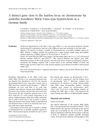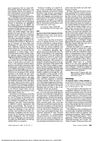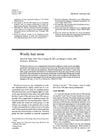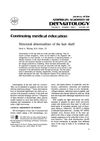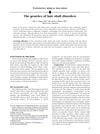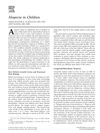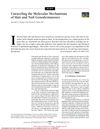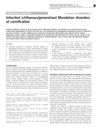Office Diagnosis of Hair Shaft Defects
March 2006
in “
Seminars in cutaneous medicine and surgery
”
trichorrhexis nodosa trichothiodystrophy tiger tail pattern DNA repair gene mutations Netherton's Syndrome SPINK5 gene congenital hypotrichosis of Marie-Unna loose anagen syndrome uncombable hair anagen inhibition acquired progressive kinking trichonodosis tinea capitis piedra alopecia areata exclamation point hairs bubble hair pili torti monilethrix type II hair keratins TTD SPINK5 Marie-Unna hypotrichosis APK
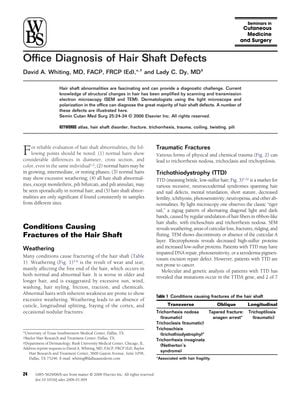
TLDR The document explains how to identify different hair problems using a microscope.
The 2006 document by David A. Whiting and Lady C. Dy provided a comprehensive guide to diagnosing hair shaft defects in a clinical setting, emphasizing the use of light microscopy and polarization. It detailed various conditions causing hair shaft fractures, including trichorrhexis nodosa from physical and chemical trauma, trichothiodystrophy (TTD) with its "tiger tail" pattern and DNA repair gene mutations, and Netherton's Syndrome (NS) with defects in the SPINK5 gene. Other conditions such as congenital hypotrichosis of Marie-Unna, loose anagen syndrome, and uncombable hair were described, along with tapered fractures from anagen inhibition. Additionally, the document covered acquired progressive kinking (APK), trichonodosis, tinea capitis, piedra, alopecia areata with "exclamation point" hairs, bubble hair from heat damage, pili torti, and the impact of extraneous matter like fungi and hair product deposits on diagnosis. Monilethrix was identified as an autosomal-dominant disorder with beaded hair shafts due to mutations in type II hair keratins.
